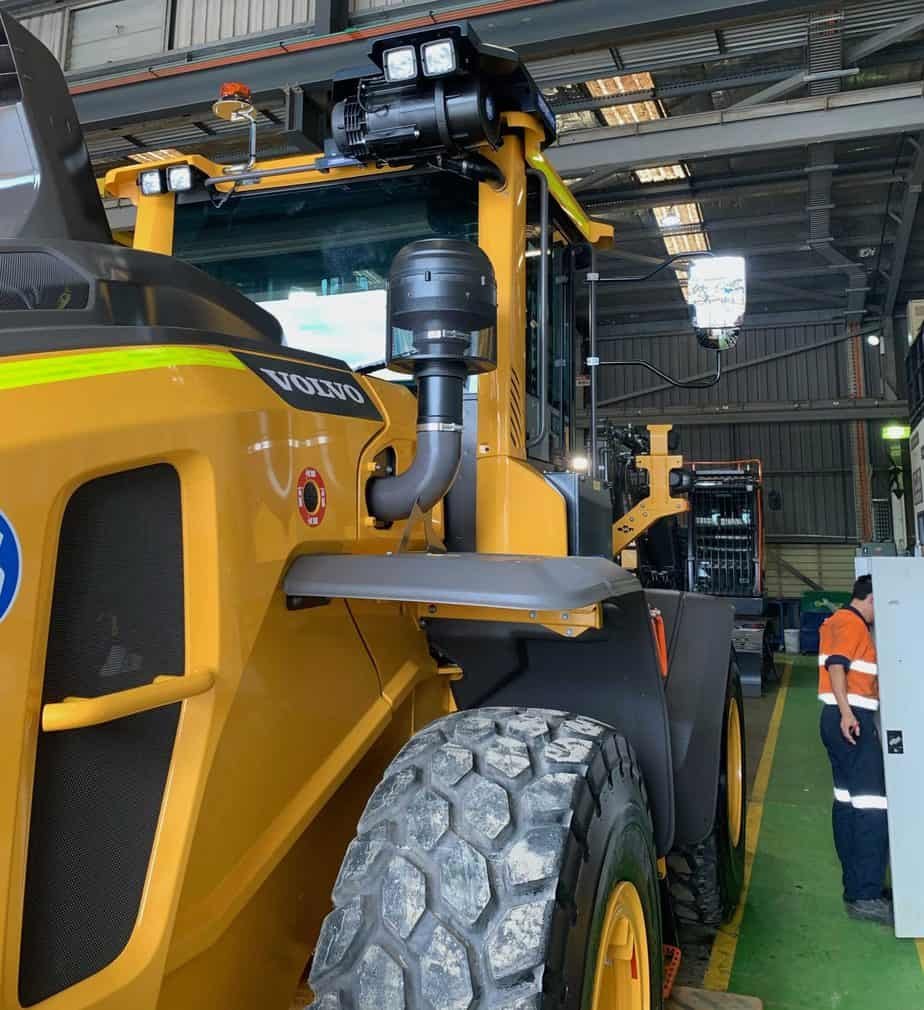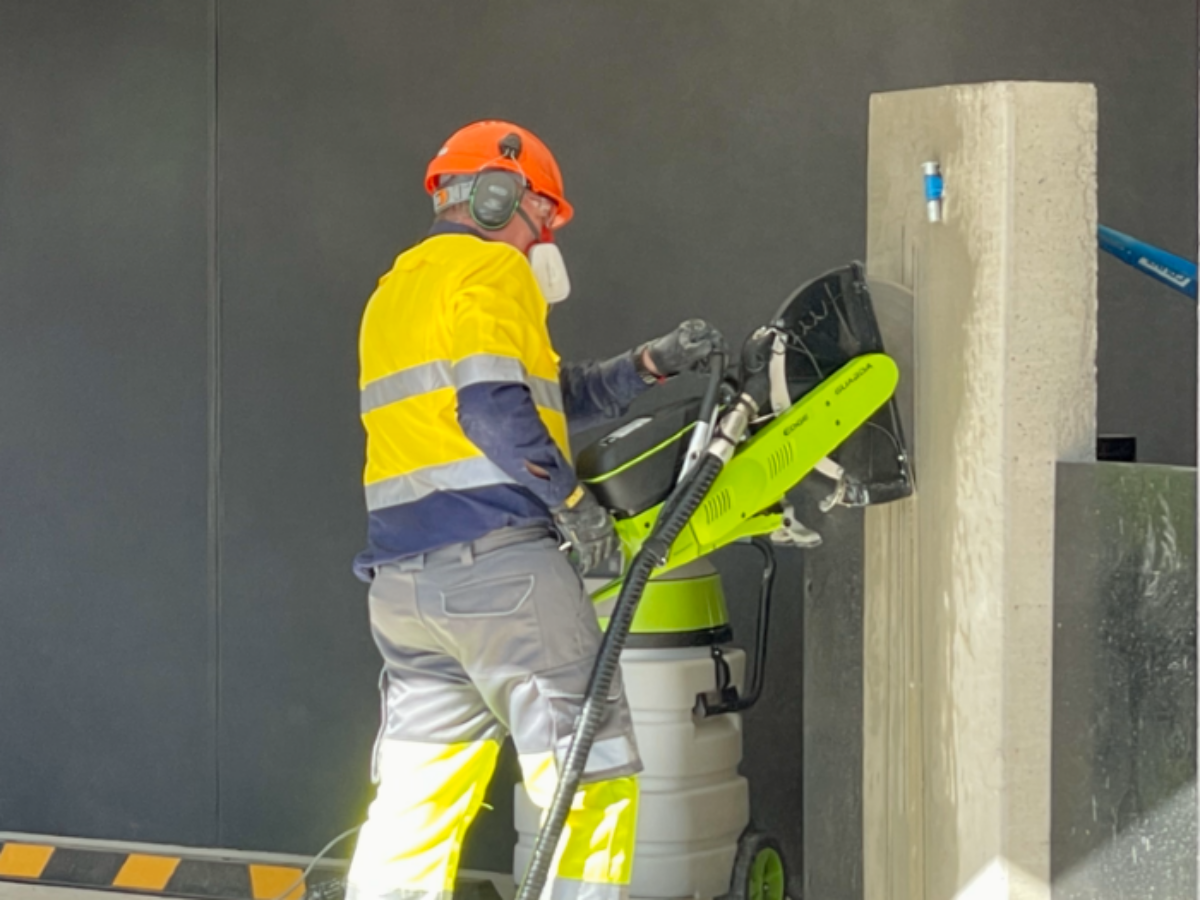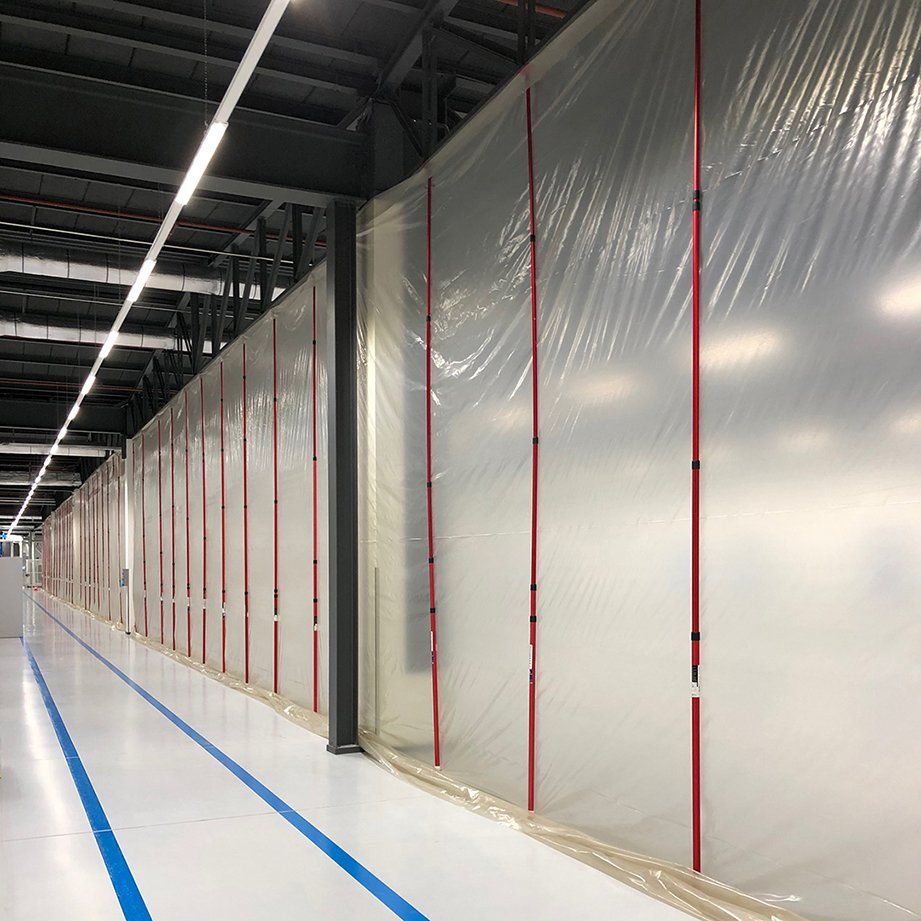Silica Dust Control: Supporting your Silica Risk Control Plan
From September 1st, new safety regulations require businesses to prepare a Silica Risk Control Plan if they process a crystalline silica substance (CSS) that is high risk. A Silica Risk Control Plan is a document that businesses create to manage the hazards associated with processing crystalline silica substances. It outlines the specific tasks and control measures to protect workers from exposure to respirable crystalline silica.
So what control measures are available to protect workers from respirable crystalline silica and where can you find them?
These are really common questions – and to be honest, it can depend on many factors such as the type of work you’re doing, where you’re doing it, and what else is happening around you for example. If you’re stuck wondering what is out there to help you manage dusts in the workplace, I’ve compiled a quick list of products that are used across Australia that may be helpful for you.
Local exhaust ventilation (LEV) systems
LEV is an engineering control that captures dust emissions at source and transports it to a safe emission point or to a filter/scrubber.
Suppliers in Australia include:
Fully enclosing operator cabins fitted with a high-efficiency air filtration system
Systems that can be used include:
BreatheSafe High Pressure HEPA Filtration System
Sy-Klone International RESPA® Cab Air Quality System
Freudenberg Filtration Technologies S.A.F.E.air system.
Any system that you use should comply with the Australian Standard AS/NZS ISO 23875:2023.
Image: BreatheSafe
On-tool extraction systems
There are many options for on-tool extraction and/or dust suppression systems. These include:
Image: Guarda Systems
Enclosing processes that generate dusts
Temporary barriers like the Zipwall system can be quickly built to form a barrier or to delineate a work zone. They are built with adjustable spring-loaded poles and quickly hold up temporary sheet walls. You can find these from:
If dust generating activities happen inside the space, then add an Air Cleaner inside the enclosure. You can find these from:
Image: All Preparation Equipment
Occupational hygienists recommend all types of control measures to protect workers from exposure to respirable crystalline silica, and this page lists just a few examples. What other types of controls are you looking for? Drop me a note and I’ll pop up some examples in a new post.




